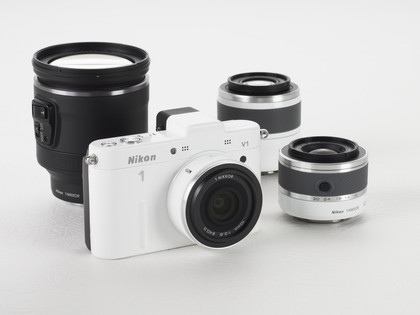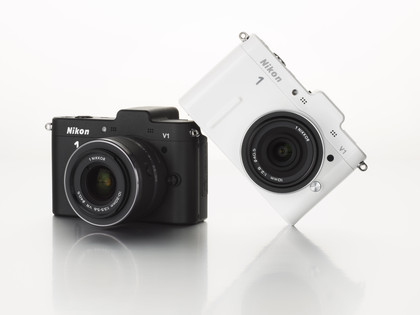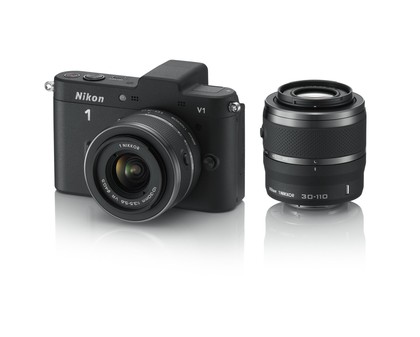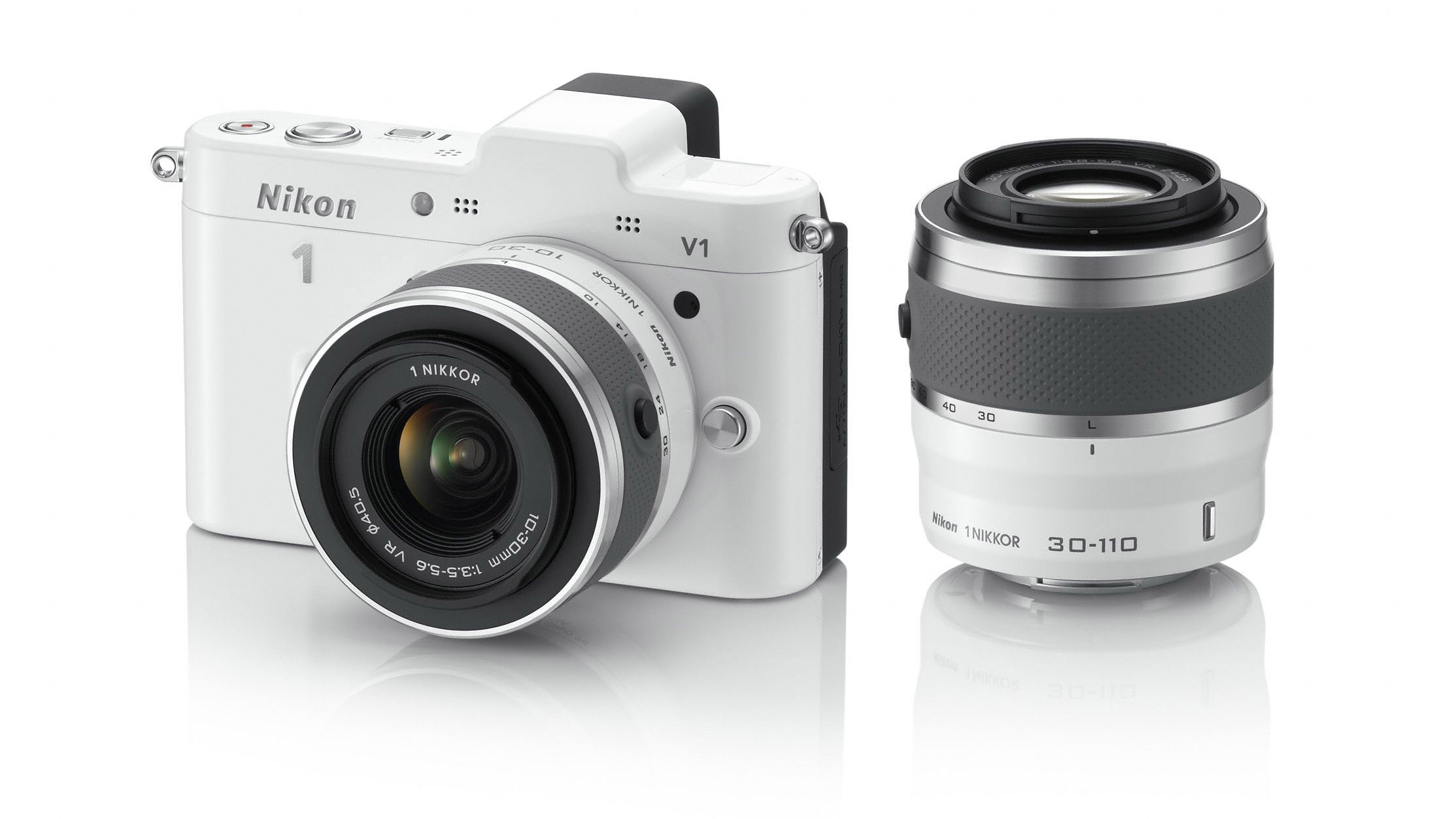TechRadar Verdict
Pros
- +
Generally good build quality
- +
Easy to use
- +
Fun Motion Snapshot mode
- +
60fps continuous shooting
- +
Image quality good
Cons
- -
Smaller sensor than CSCs
- -
Exposure changed via menu
- -
Flimsy multi control dial
- -
Image quality can't match Micro Four Thirds cameras'
Why you can trust TechRadar
Update: now with ISO sensitivity test images.
Like the Nikon 1 J1 (read our Nikon 1 J1 review), launched at the same time, the Nikon 1 V1 is a compact system camera (CSC). This means that it lacks the reflex mirror and optical viewfinder found in DSLR cameras, but it can accept interchangeable lenses.
Not surprisingly, the Nikon V1 has much in common with the J1, not least the 10.1 million effective pixel sensor, EXPEED 3 processor and the new Nikon 1 lens mount.
While Panasonic, Olympus, Samsung and Sony have opted for Four Thirds and APS-C sized sensors in their CSCs such as the Panasonic Lumix DMC-GH2, Olympus PEN E-P3 and Sony NEX-F3, Nikon has taken a leaf out of Pentax's book and used a smaller device. In Nikon's case this is a CX format sensor that measures 13.2 x 8.8mm.

Restricting the V1's effective pixel count to 10.1MP means that the sensor isn't excessively over populated, but nevertheless the smaller sensor size means that the Nikon J1 and V1 engineers had their work cut out to keep image noise down. Smaller sensors usually mean smaller photoreceptors (pixels) and smaller receptors gather less light so they create a weaker image signal, which requires greater amplicfication and the end result is usually a noisier photograph.
The most obvious difference between the Nikon V1 and the J1 is that the V1 has an electronic viewfinder (EVF), which adds a lump to the top-plate. While Nikon J1 users have to content themselves with composing images on the 3-inch, 460,000 dot screen, V1 owners can choose between using the EVF or the 3-inch, 920,000 dot screen.
Another key difference between the two cameras is that the Nikon J1 has a built-in flash, whereas the V1 doesn't. The Nikon V1 does, however, have a hotshoe that can accept Nikon's new SpeedLight SB-N5 flashgun.
Sign up for breaking news, reviews, opinion, top tech deals, and more.

Because they lack a mirror to bounce light onto a dedicated phase detection autofocus (AF) sensor, an issue with most compact system cameras is that they use slower contrast detection autofocus systems. Nikon's solution to this problem is to use a hybrid AF system that uses phase and contrast detection. Both the V1 and J1 use 73 pixels on their imaging sensor as AF sensors. These pixels are still used to make up the image, even though they're used in focusing.
Phase detection AF is generally faster than and contrast detection AF, but contrast detection is more accurate, so using a hybrid system should bring the best of both worlds.
Unusually, the Nikon V1 has both an electronic and mechanical shutter, and the user can select which to use via the menu. We are told that using the mechanical shutter can cut down on the blooming that can occur around bright highlights when an electronic shutter is used, but after shooting a series of comparison images, we're unable to verify this.

A key benefit of an electronic shutter is that faster continuous shooting rates are possible, and the Nikon V1 and J1 can shoot at up to 60fps, with 30fps and 10fps options also being available.
Full HD 1920 x 1080p video recording is possible at 60i, 30p (29.97fps) or 60p (59.94fps). In addition, slow motion video can also be recorded at 640 x 240 at 400fps or 320 x 120 at 1,200fps, both of which are played back at 29.97fps.
In Motion Snapshot mode, the camera shoots a snippet of full HD footage at 69.94fps for replay as at 23.976fps (making it around one second long) with accompanying music and ending with a still image. Footage is recorded to the buffer memory from the moment the shutter release button is half-pressed, so the video includes slow-motion action from the point immediately before the shutter release is pressed home.
Like the J1, Nikon is aiming the V1 at family photographers and those who want something more than a compact camera without the bulk and complication of a DSLR. These users are likely to rely on automatic exposure modes, but both cameras also have Program, Aperture Priority, Shutter Priority and Manual (PASM) exposure modes.
With a street price of around £620 ($745 in the US) for a kit that includes the 1 Nikkor 10-30mm f/3.5-5.6 VR lens, the V1 is set to be the less popular of the two cameras - the J1 10-30mm kit retails for around £375 ($497 in the US).
